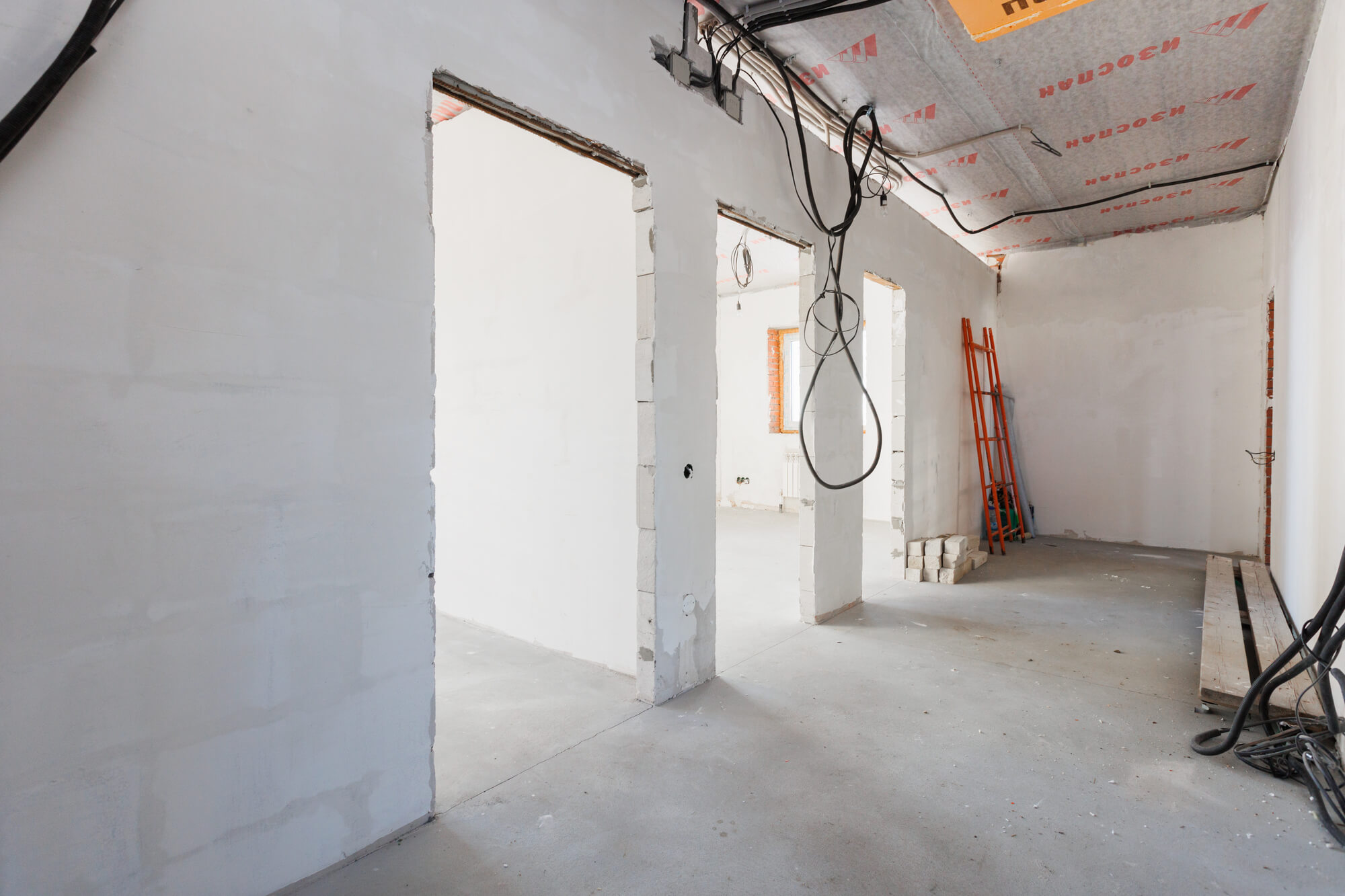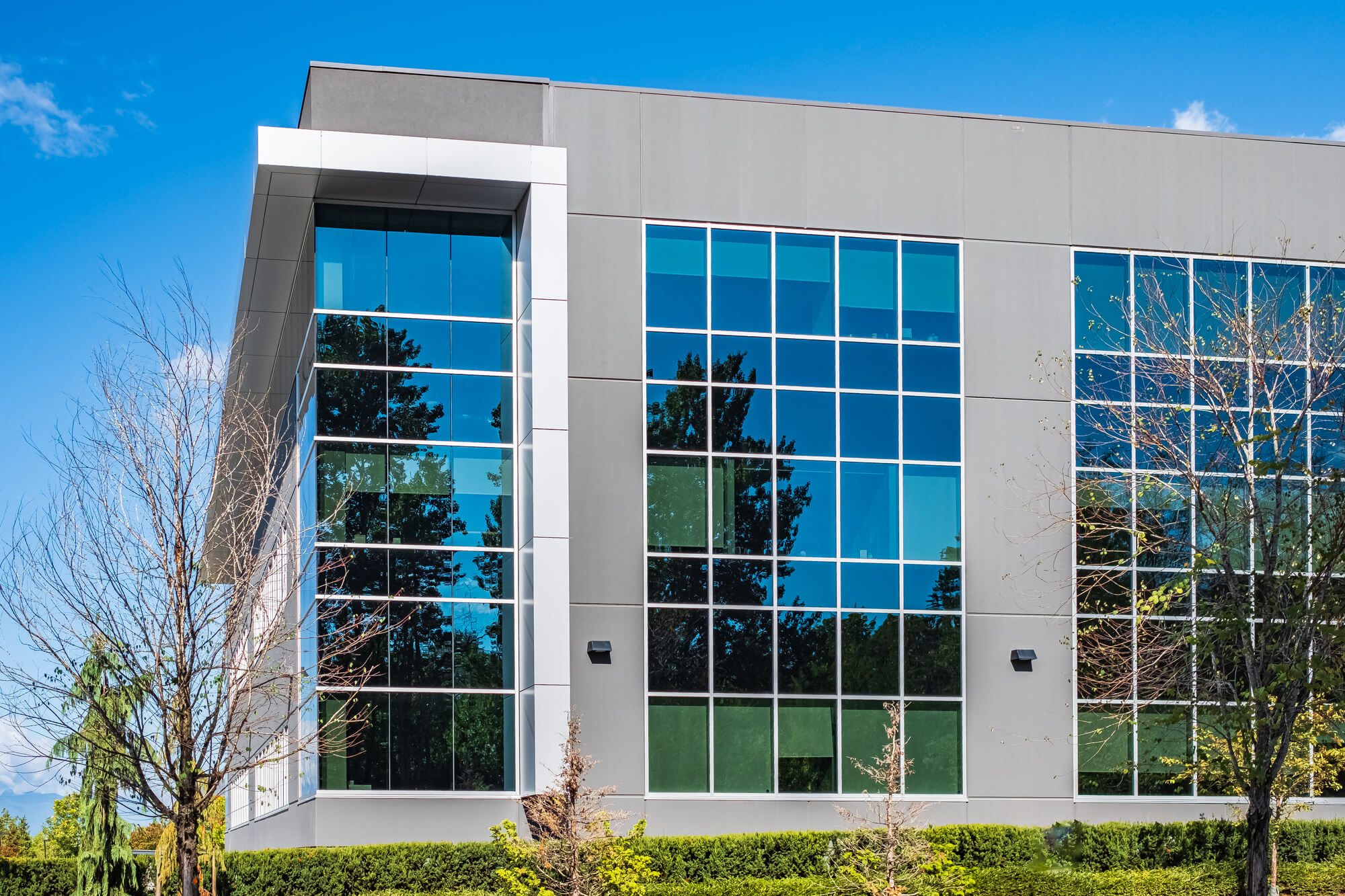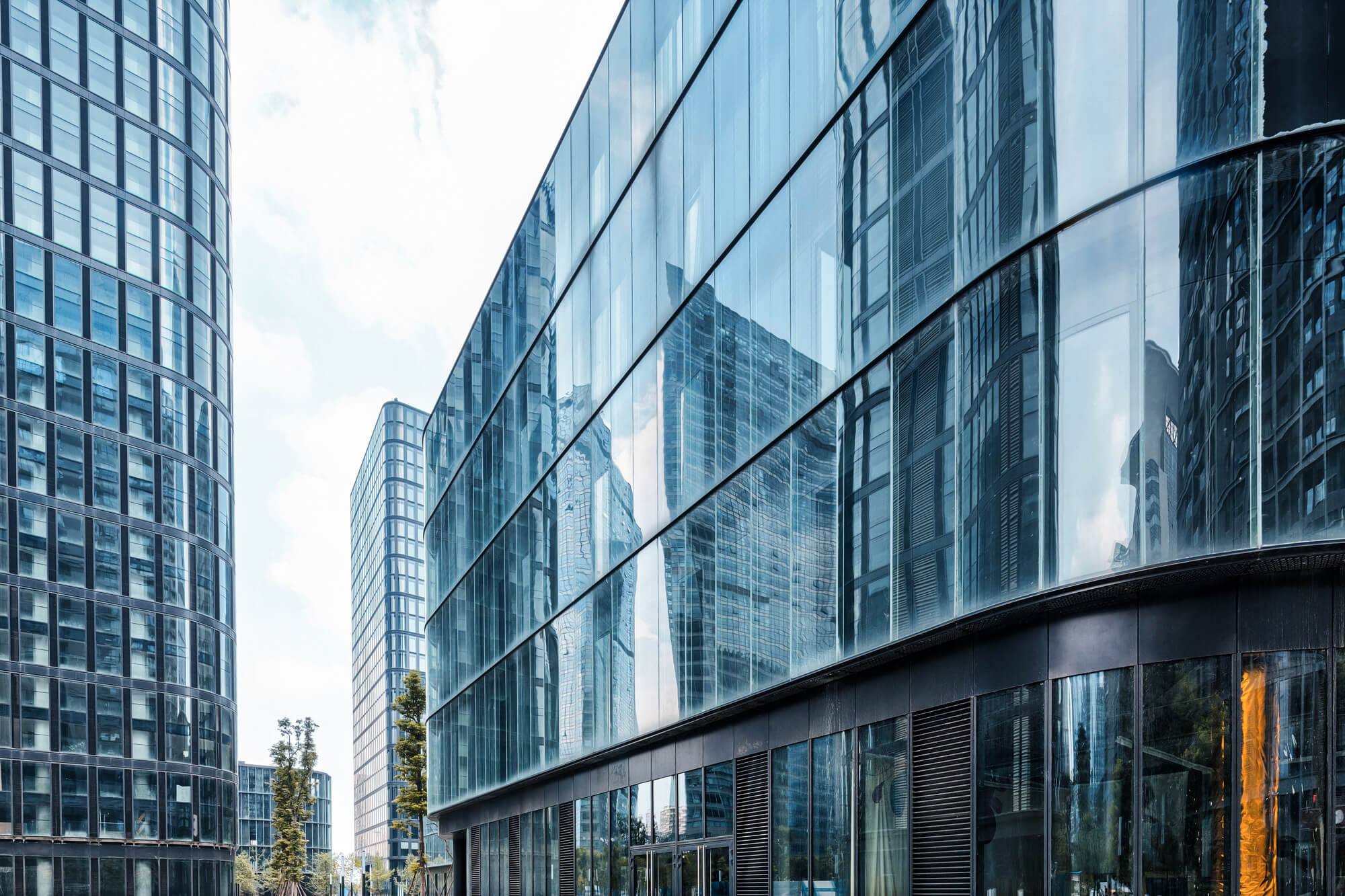December 31, 2025
Snow and Ice Management: Protecting Commercial Roofs and Building Exteriors from Winter Strain
Winter conditions like snow and ice create a very different operating environment for
Commercial buildings serve as significant energy consumers in urban environments, powering essential operations like lighting, heating, ventilation, and computing systems. Consequently, they contribute a substantial share to global energy consumption, underscoring the critical importance of prioritizing energy efficiency in their design and operations.
As stewards of these resources, commercial property owners carry a profound responsibility to minimize their environmental footprint. If they embrace sustainable practices, they can reduce operational costs and mitigate greenhouse gas emissions, thereby contributing to broader environmental goals.
Learn some essential strategies and principles implemented by our hospitality renovation contractors to maximize energy efficiency in commercial building design.

Energy efficiency refers to the ability of a building or system to use energy effectively without wasting it.
In commercial buildings, where energy-intensive activities like heating, cooling, lighting, and equipment operation are constant, optimizing energy use can lead to financial savings and environmental benefits.
For example, proper insulation and efficient HVAC systems can drastically reduce heating and cooling costs, while energy-efficient lighting systems can lower electricity bills and maintenance expenses.
The benefits of implementing energy-efficient practices in commercial buildings include:
Sustainable building design integrates environmental responsibility and resource efficiency into the planning, construction, and operation of properties.
Passive design strategies aim to maximize natural resources and minimize reliance on mechanical systems for heating, cooling, and lighting. These strategies include:
Proper building orientation relative to the sun's path optimizes natural daylighting and reduces solar heat gain, which enhances indoor comfort and reduces energy demand.
Strategic placement of shading devices such as awnings, louvers, and vegetation helps control solar heat gain in summer months while allowing sunlight in winter, maintaining thermal balance.
Designing for cross-ventilation and operable windows promotes airflow and natural cooling. This reduces the need for mechanical ventilation systems during moderate weather conditions.
The building envelope encompasses exterior walls, windows, roofs, and insulation, and it serves as a barrier between interior and exterior environments. Improving building envelope efficiency involves:
High-performance insulation materials, such as spray foam, fiberglass, or cellulose, effectively minimize heat loss during colder months and prevent heat gain in warmer weather.
By bolstering thermal resistance, insulation reduces the workload on heating, ventilation, and air conditioning (HVAC) systems. This lowers energy consumption and maintains stable temperatures throughout the year.
Low-E coatings help minimize the amount of infrared and ultraviolet light that can pass through the window while allowing visible light to enter. During summer, Low-E coatings can reflect a significant portion of the sun's heat away from the building, keeping the interior cooler and reducing the need for air conditioning.
Insulated glazing consists of multiple panes of glass separated by an insulating spacer, often filled with a gas such as argon or krypton. The space between the panes provides thermal insulation, reducing heat transfer through the window.
Glazing helps maintain indoor temperatures more stable year-round, reducing both heating and cooling energy requirements.
Heating, ventilation, and air conditioning systems are pivotal in maintaining indoor comfort and air quality while consuming significant energy. The following are some sustainable HVAC strategies:
Selecting HVAC systems with high Seasonal Energy Efficiency Ratio (SEER) ratings and Energy Star certification allows for optimal energy performance in commercial buildings.
The Seasonal Energy Efficiency Ratio (SEER) is a metric used to measure the efficiency of air conditioners and heat pumps over an entire cooling season. A higher SEER rating indicates greater efficiency, meaning the system uses less energy to cool the same space compared to lower-rated units.
Energy Star certification further signifies that the equipment meets or exceeds stringent energy efficiency guidelines set by the U.S. Environmental Protection Agency (EPA), ensuring optimal performance and notable energy savings over the equipment's lifespan.
Variable Refrigerant Flow (VRF) systems utilize refrigerant as a medium to transfer heat, offering precise control over heating and cooling in various commercial building zones.
Unlike traditional HVAC systems that operate at a fixed capacity, VRF systems adjust the flow of refrigerant to match the specific heating or cooling demands of each area. This capability enhances energy efficiency by minimizing energy wastage and improves occupant comfort by maintaining consistent and customized temperature levels.
Energy Recovery Ventilation (ERV) systems recover heat or coolness from outgoing air streams and transfer it to incoming fresh air. The process preconditions the incoming air, reducing the load on HVAC systems to heat or cool it from scratch.

Lighting accounts for a substantial portion of energy consumption in commercial buildings. Implementing energy-efficient lighting strategies includes:
Light Emitting Diode (LED) are highly efficient because they emit light in a specific direction, reducing the need for reflectors and diffusers that can trap light.
Compared to traditional incandescent and fluorescent bulbs, LEDs consume significantly less energy to produce the same amount of light. They also have a much longer lifespan, often lasting tens of thousands of hours compared to a few thousand for incandescent bulbs and around 10,000 hours for fluorescent tubes.
Additionally, LEDs offer superior light quality with options for various color temperatures and high color rendering index (CRI), providing better clarity and visibility in commercial settings while reducing energy costs and maintenance efforts.
Designing spaces to maximize natural daylight penetration reduces reliance on artificial lighting during daylight hours, maximizing energy savings and occupant well-being.
Installing occupancy sensors and lighting controls automatically adjusts lighting levels based on occupancy and natural light availability, further reducing energy usage.
Incorporating water-efficient fixtures and systems contributes to sustainable building practices:
Installing low-flow faucets, toilets, and urinals reduces water consumption without compromising performance. Moreover, it lowers operational costs and promotes water conservation.
Reusing greywater from sinks and showers for non-potable purposes such as irrigation and toilet flushing conserves freshwater resources and reduces demand on main water supplies.
Harnessing renewable energy sources reduces reliance on fossil fuels and mitigates greenhouse gas emissions. Some common options are:
Solar photovoltaic (PV) systems convert sunlight into electricity through solar panels installed on rooftops or building facades. The panels absorb sunlight and generate direct current (DC) electricity, which is then converted into alternating current (AC) electricity usable by buildings.
By harnessing solar energy, PV systems reduce reliance on grid-supplied electricity, lowering utility bills and decreasing the building's carbon footprint.
Wind power involves integrating wind turbines in strategic locations, typically open or coastal areas with reliable wind patterns. These turbines harness kinetic energy from the wind to generate electricity through a generator housed within the turbine structure.
Wind power offers a sustainable energy solution, contributing to environmental conservation and enhancing energy independence for commercial buildings situated in suitable wind-rich environments.
Lifecycle Assessment and Materials Selection
Considering environmental impacts throughout a commercial building's lifecycle informs sustainable material choices and construction practices:
Embodied energy refers to the total energy used in extracting, manufacturing, transporting, and installing building materials. By evaluating these energy inputs, architects and builders can make informed decisions to reduce the carbon footprint and environmental impact of construction projects.
Opting for materials with lower embodied energy promotes sustainability by conserving resources and minimizing emissions associated with manufacturing and transportation.
Finally, certification programs like LEED (Leadership in Energy and Environmental Design) provide frameworks for achieving and validating sustainable building practices:
LEED (Leadership in Energy and Environmental Design) certification verifies a building's compliance with stringent criteria across several sustainability categories, including:
Commercial buildings seeking LEED certification undergo rigorous assessment to ensure they meet or exceed benchmarks for sustainable design, construction, operation, and maintenance.
Achieving LEED certification demonstrates a commitment to environmental stewardship, enhances marketability, and often leads to operational cost savings through reduced energy and water consumption, as well as improved indoor air quality and occupant comfort.
Meeting or exceeding local building codes and energy efficiency standards ensures regulatory compliance while promoting best practices in sustainable building design and construction.

Contact BlueTeam today to book a quote for expert restoration, renovation, roofing, and water damage services. Let us help you optimize your commercial property for efficiency and resilience.